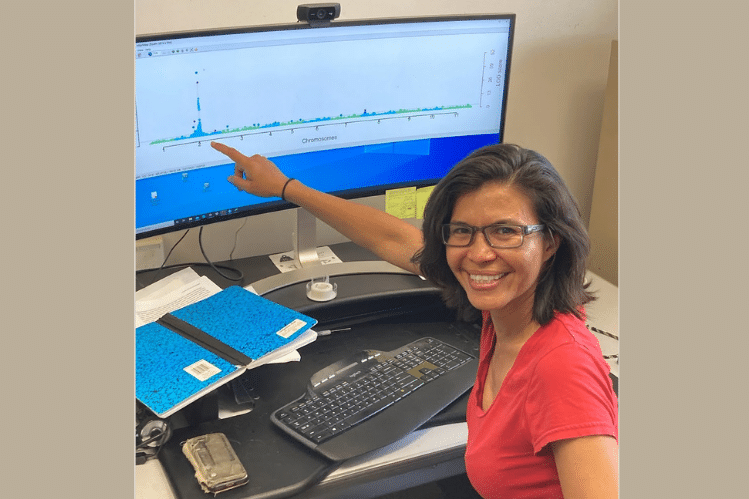In a world with a consistently growing population and a climate crisis, food shortage is a looming threat. To alleviate this threat, crop scientists, botanists, genetic engineers, and others, have been exploring ways of boosting crop productivity and resilience. One way to control plant growth and physiology is to regulate the levels of “phytohormones” or plant hormones.
However, much remains to be known about the mechanisms that underlie this hormonal regulation in plants, limiting advancement in this direction. Now, in a study led by Nagoya University Japan, a team of scientists has discovered, using rice plants as the study model, that a process called “allosteric regulation” is involved in maintaining the phytohormonal balance in plants. Their findings, published in Nature Communications, could hold the key to significantly advancing the research on plant growth and development, providing a potential solution for food security.
Plants survive by adapting their development and physiology to their surrounding environments by controlling the levels of enzymes driving the synthesis of two phytohormones, gibberellin and auxin. Enzymes are proteins that bind to one or more reactant chemicals and speed up a reaction process. The binding site is called the activation site. In 1961, it was discovered that in bacteria, enzyme activity is enhanced or inhibited via allosteric regulation, which essentially is the binding of a molecule called the “effector” at a site other than the active site of the enzyme. In allosteric regulation, the structure of the enzyme changes to either support or hinder the reaction that the enzyme enables.
Professor Miyako Ueguchi-Tanaka of Nagoya University, lead scientist in the team that has now observed allosteric regulation in plants for the first time, explains their research findings, ”We used a technique called X-ray crystallography and found that, as molecules of the enzymes (gibberellin 2-oxidase 3 [GA2ox3], and auxin dioxygenase [DAO]) bind to gibberellin and auxin (respectively), they interact among themselves and form ‘multimeric’ structures, comprising four and two units respectively. As the amounts of gibberellin and auxin increase, so does the rate of multimerization of the enzymes. And multimerization enhances the activity of the enzymes, enabling greater degradation of gibberellin and auxin. Synchronous structural changes and activity enhancement are typical of allosteric-regulation events.”
The scientists further carried out “phylogenetic” analysis of GA2ox3 and DAO, which revealed that plants independently developed this hormone regulation mechanism at three separate time-points over the course of the evolutionary process.
Enthusiastic about the future prospects of these findings, Prof Ueguchi says, “The activity control system revealed here can be used to artificially regulate the activity of the growth inactivating hormones in plants. As a result, rice crop productivity can be improved and high-biomass plants can be produced in the event of food shortage or an environmental crisis.”
Of course, this study is only a stepping stone for now, and much remains to be done to see how the findings of this study can be applied practically in agricultural lands. However, these findings certainly are encouraging, and they signal the coming of a new era of sustainable development fuelled by biotechnological advancements.
Source: Nagoya University













